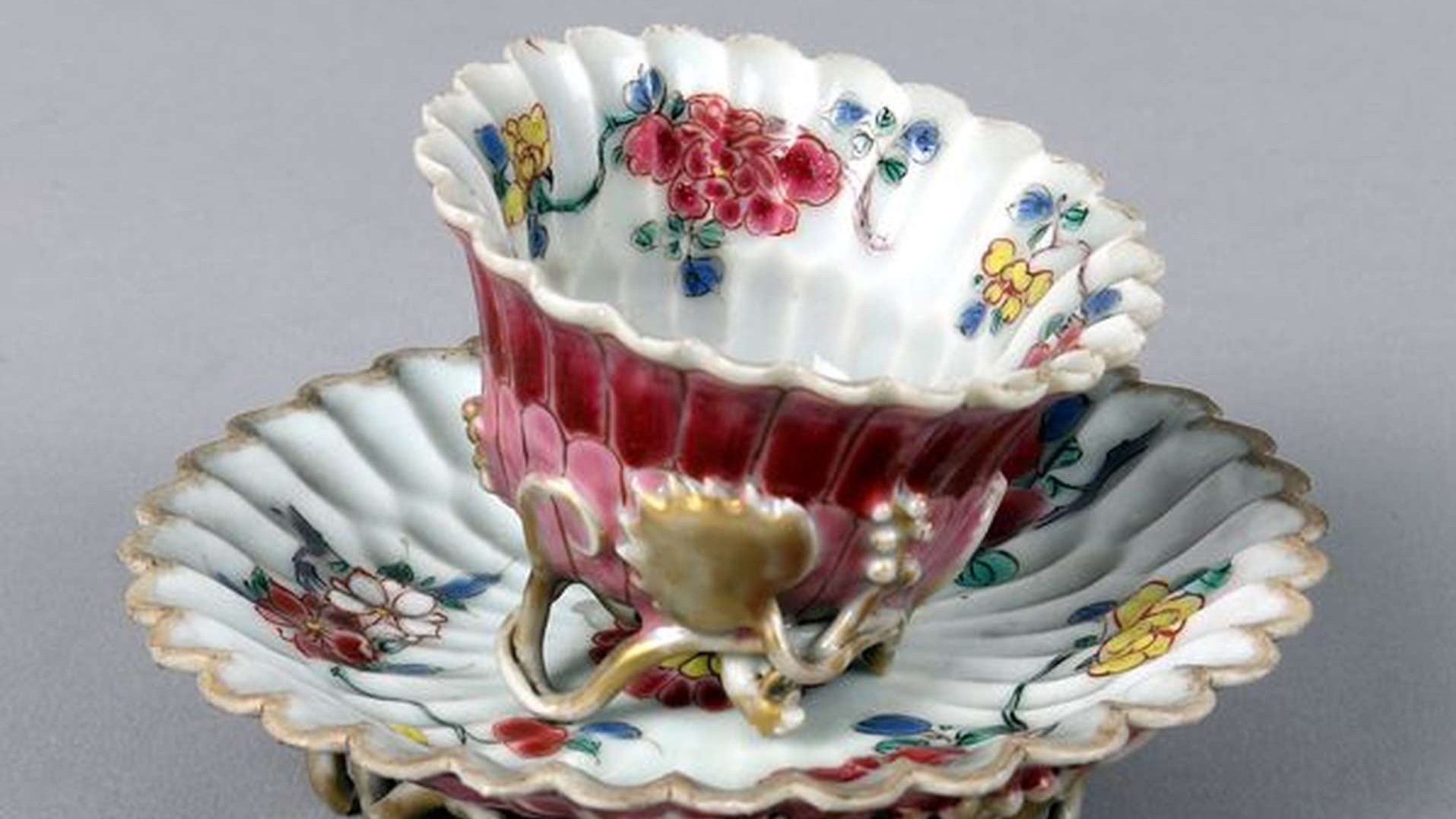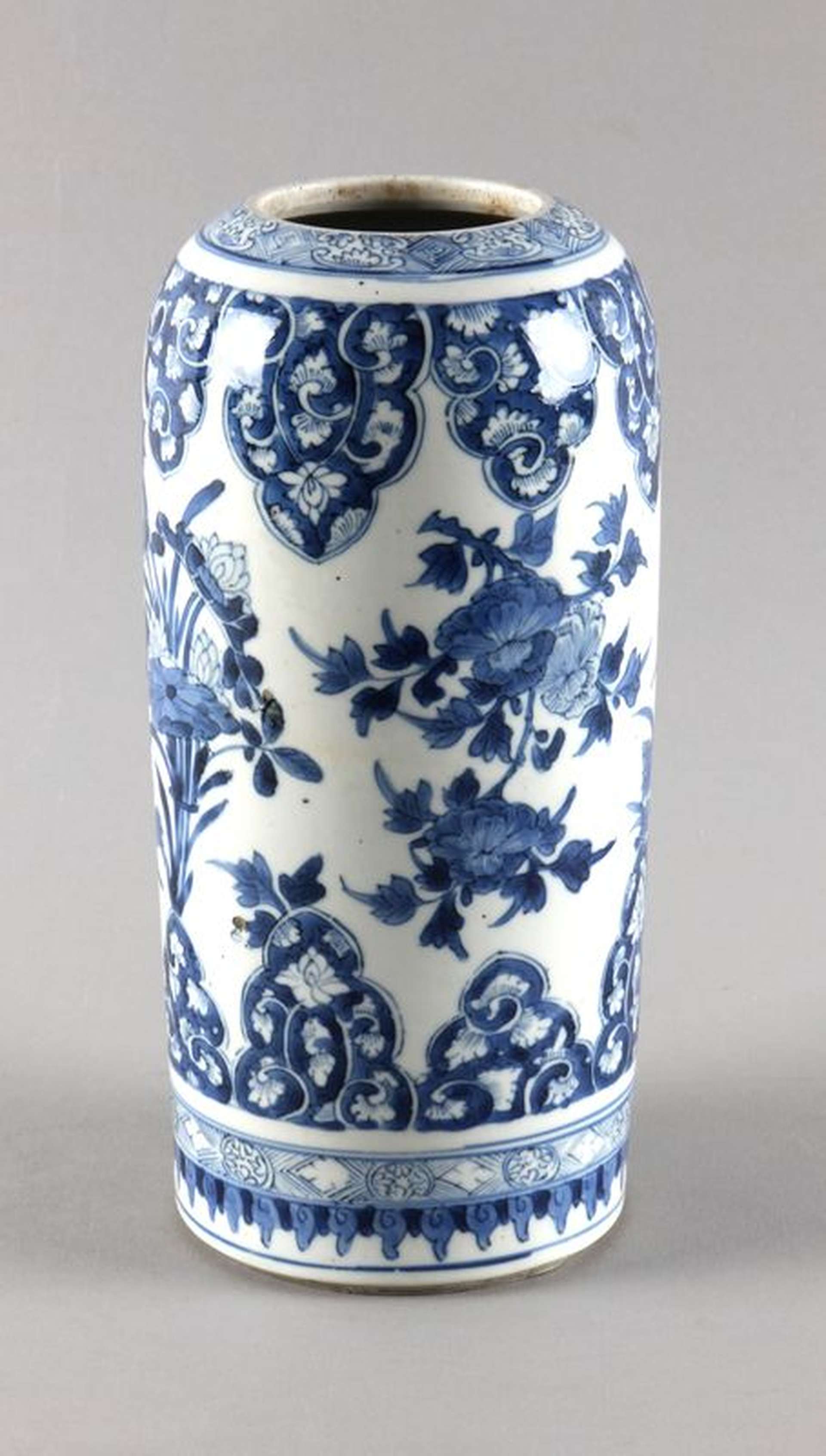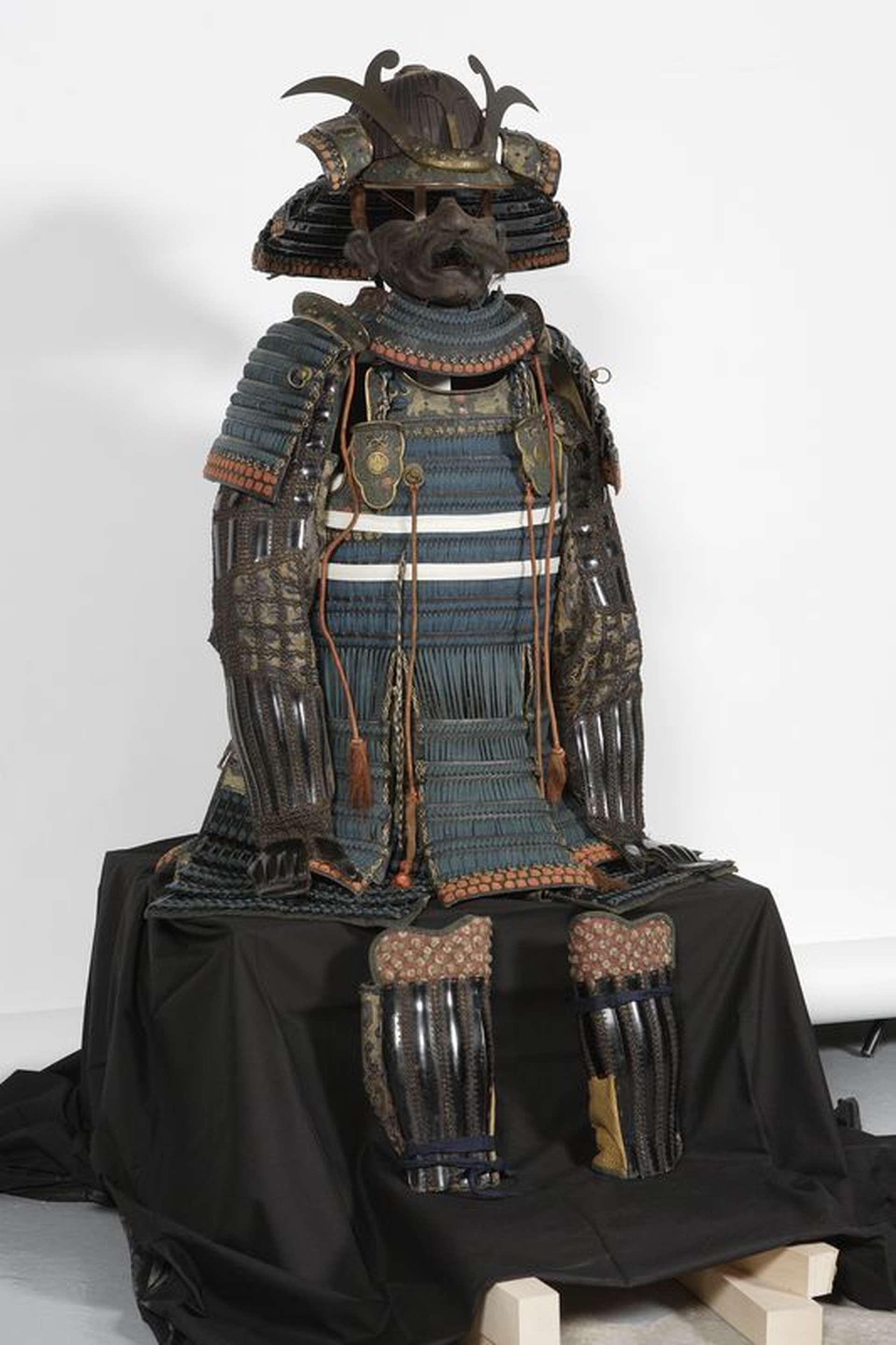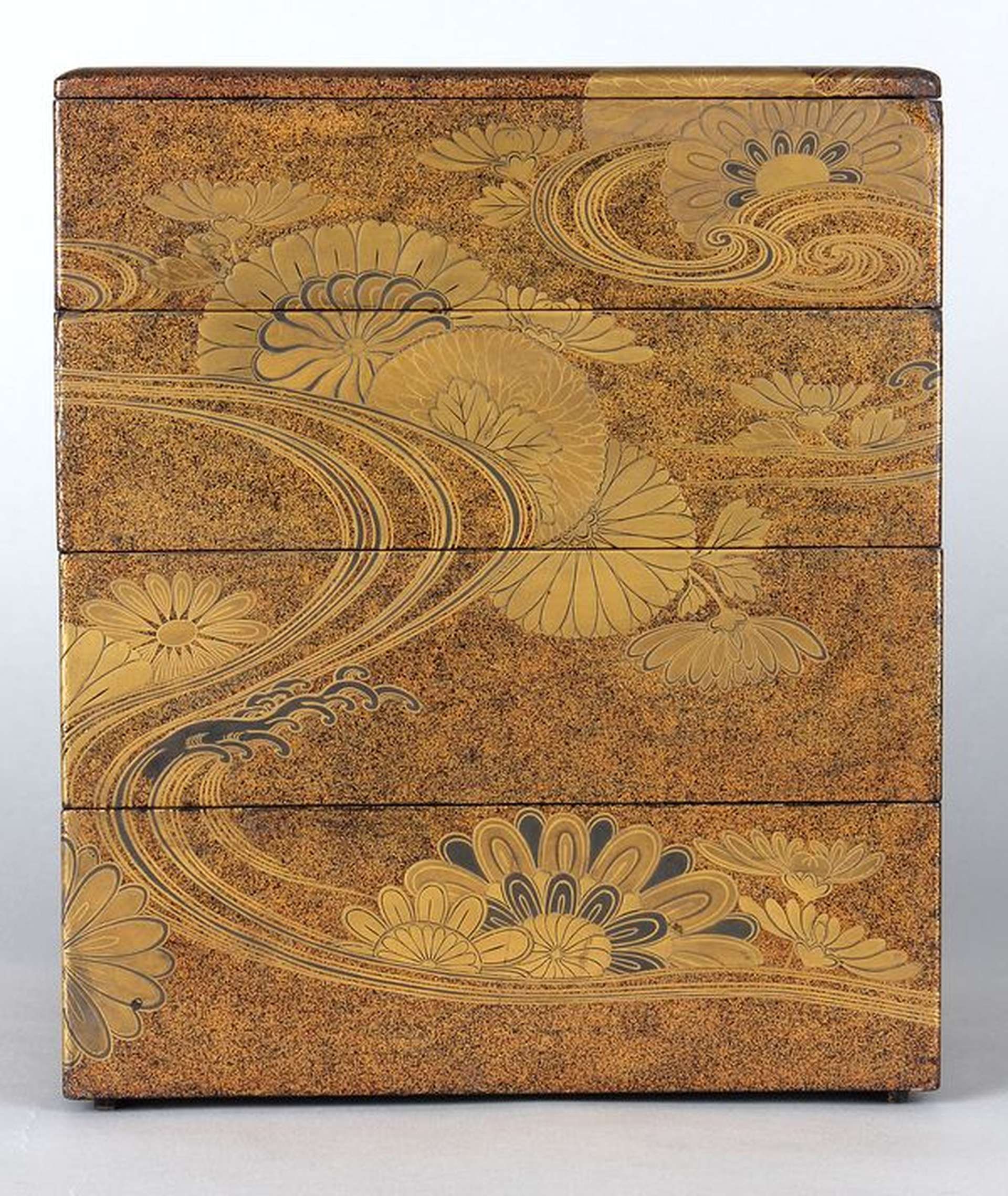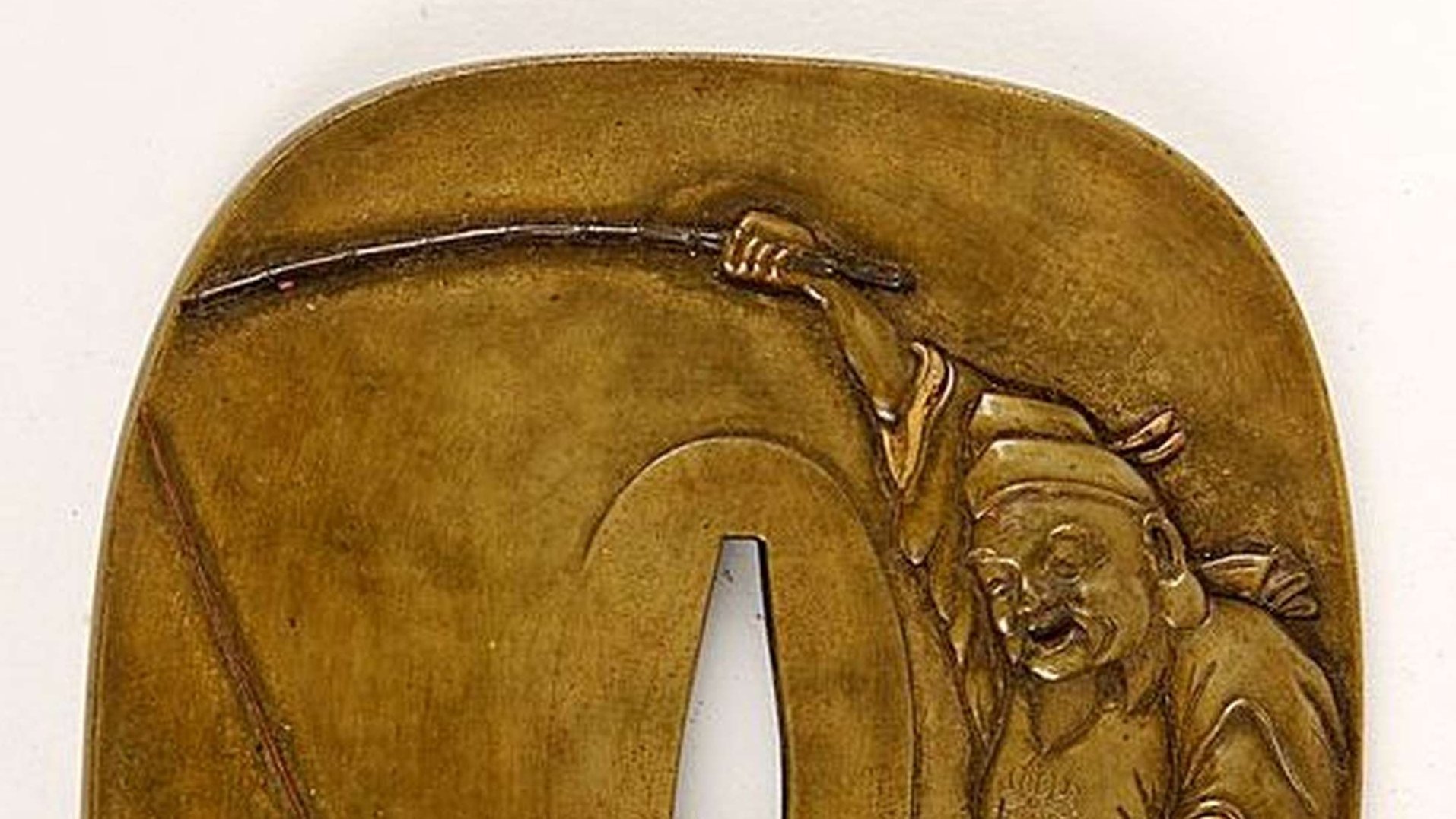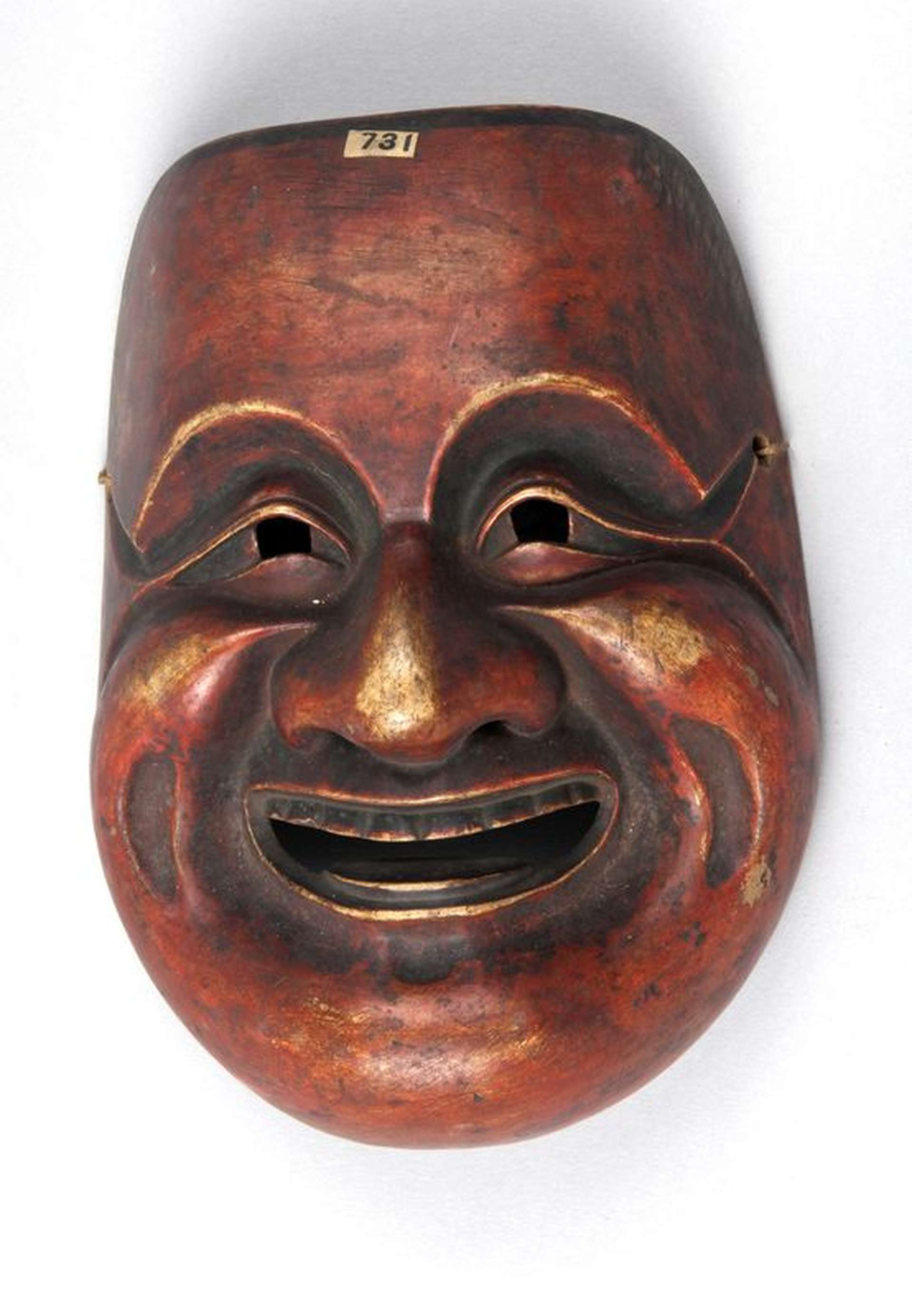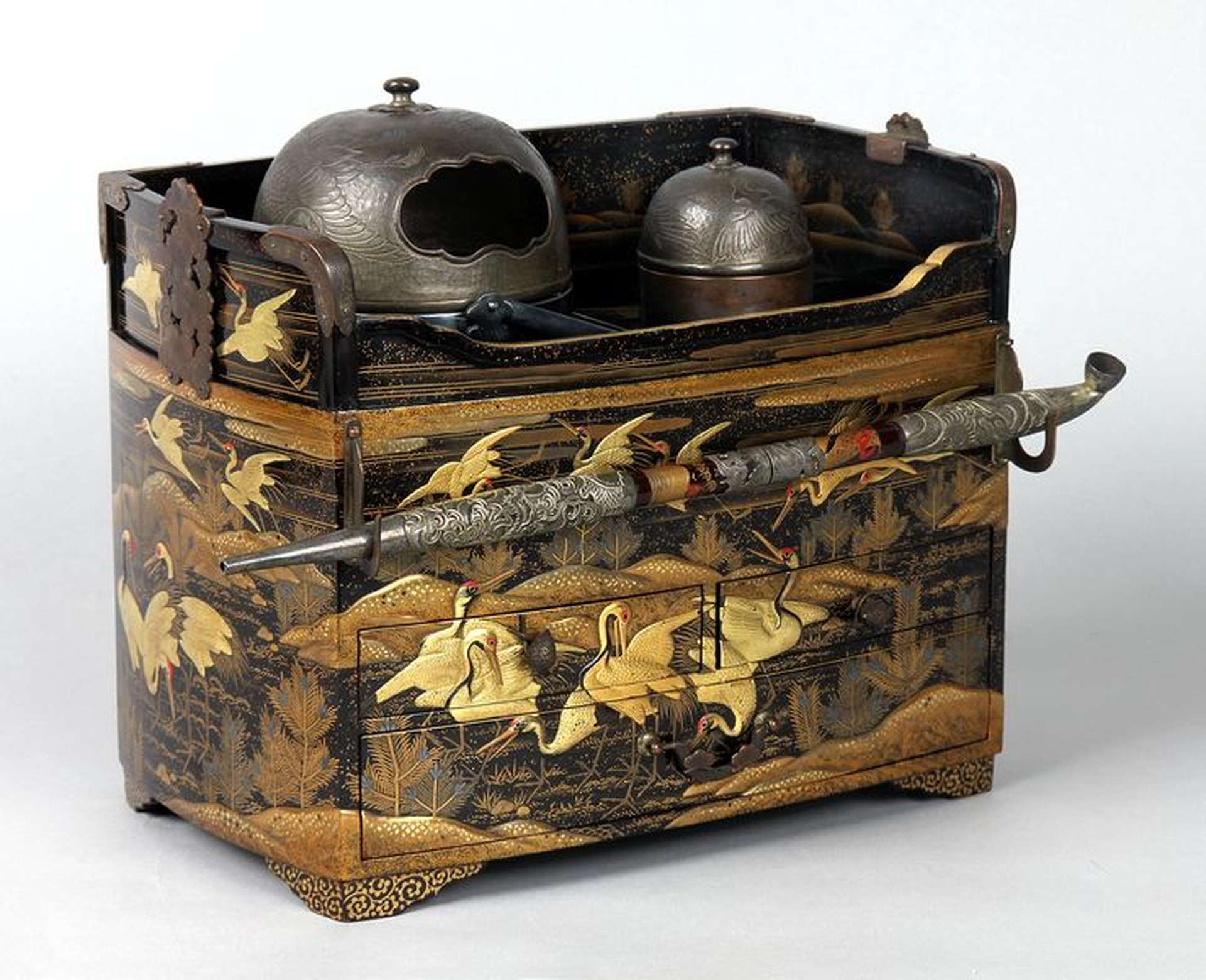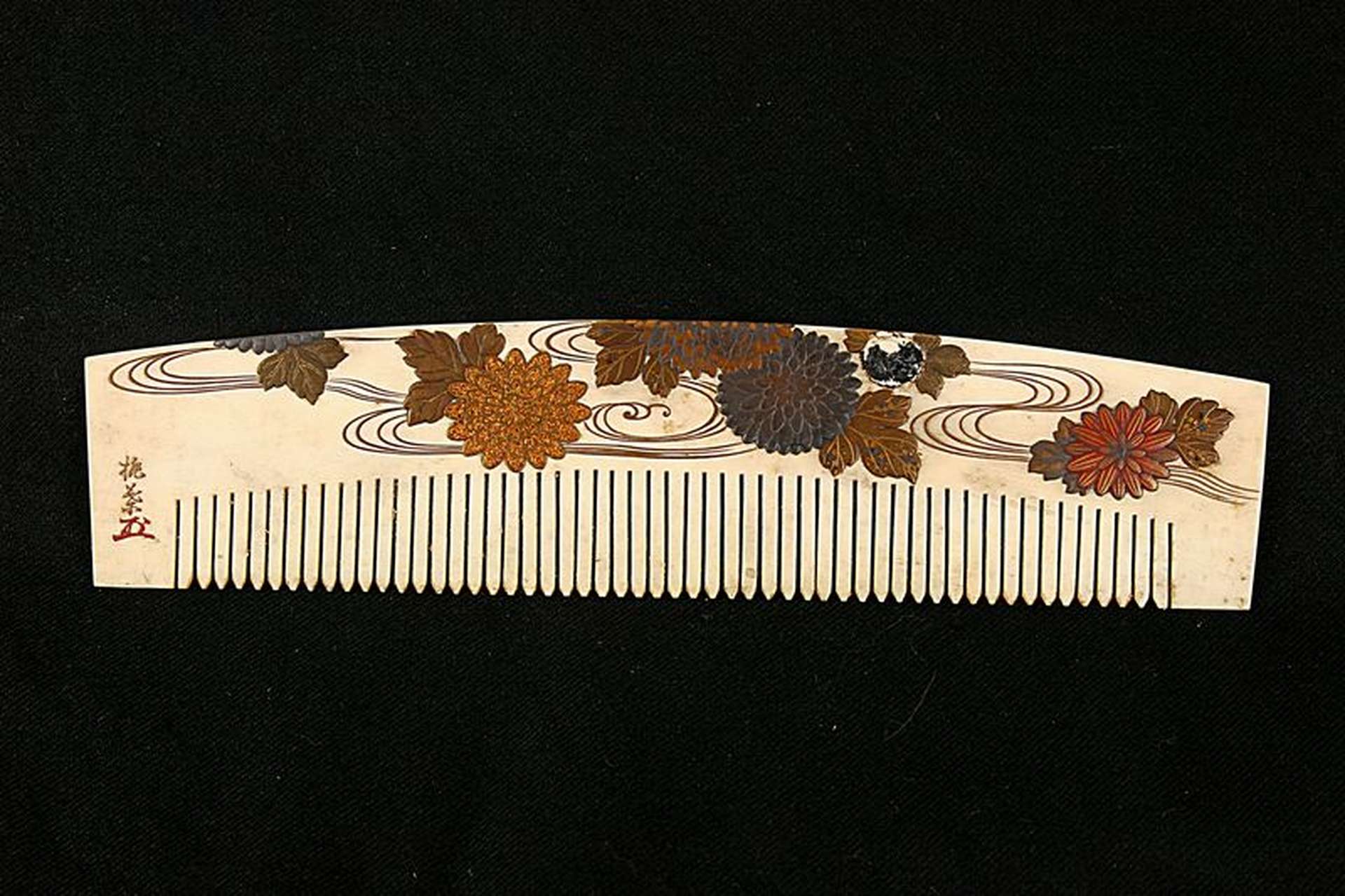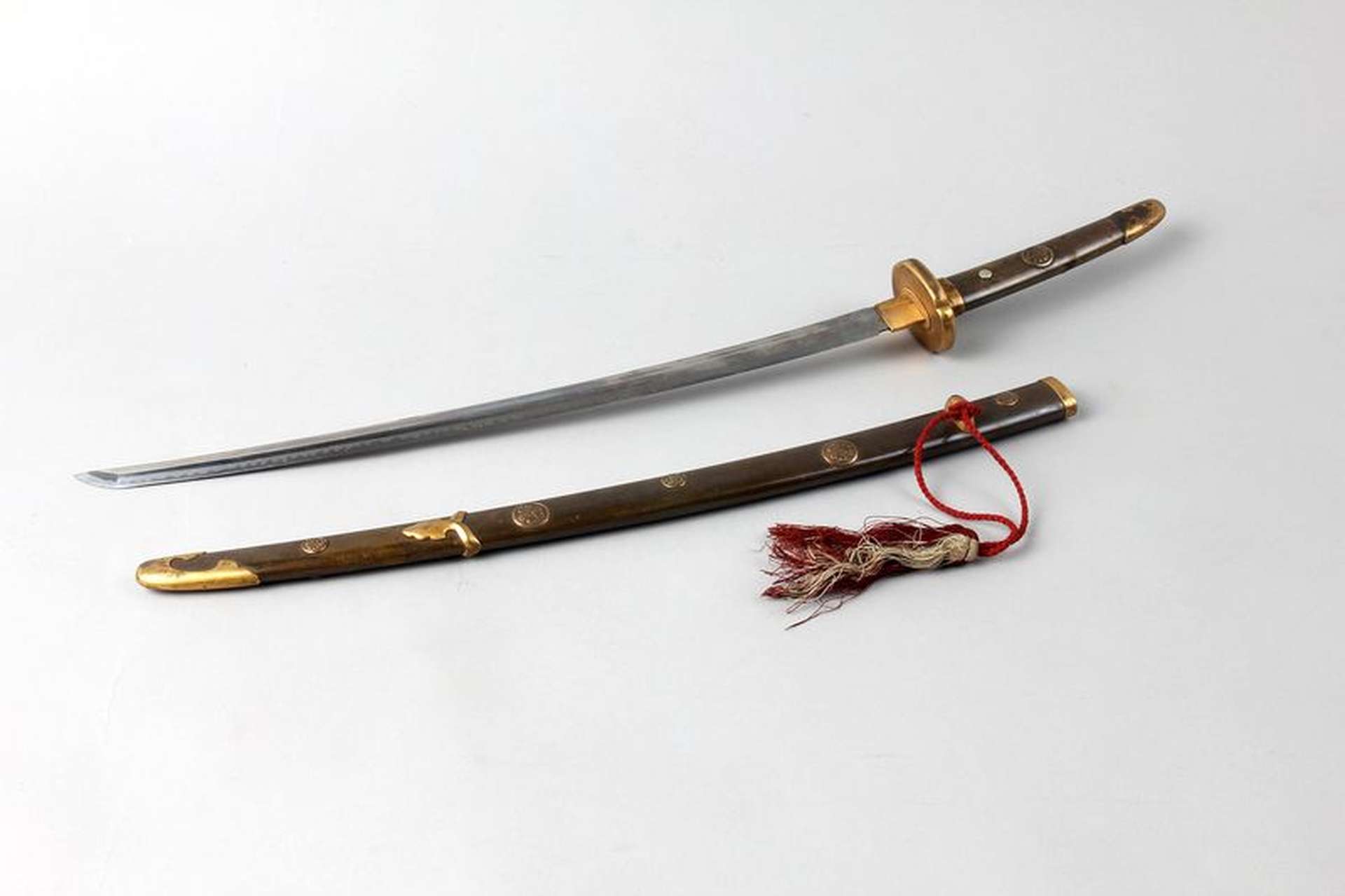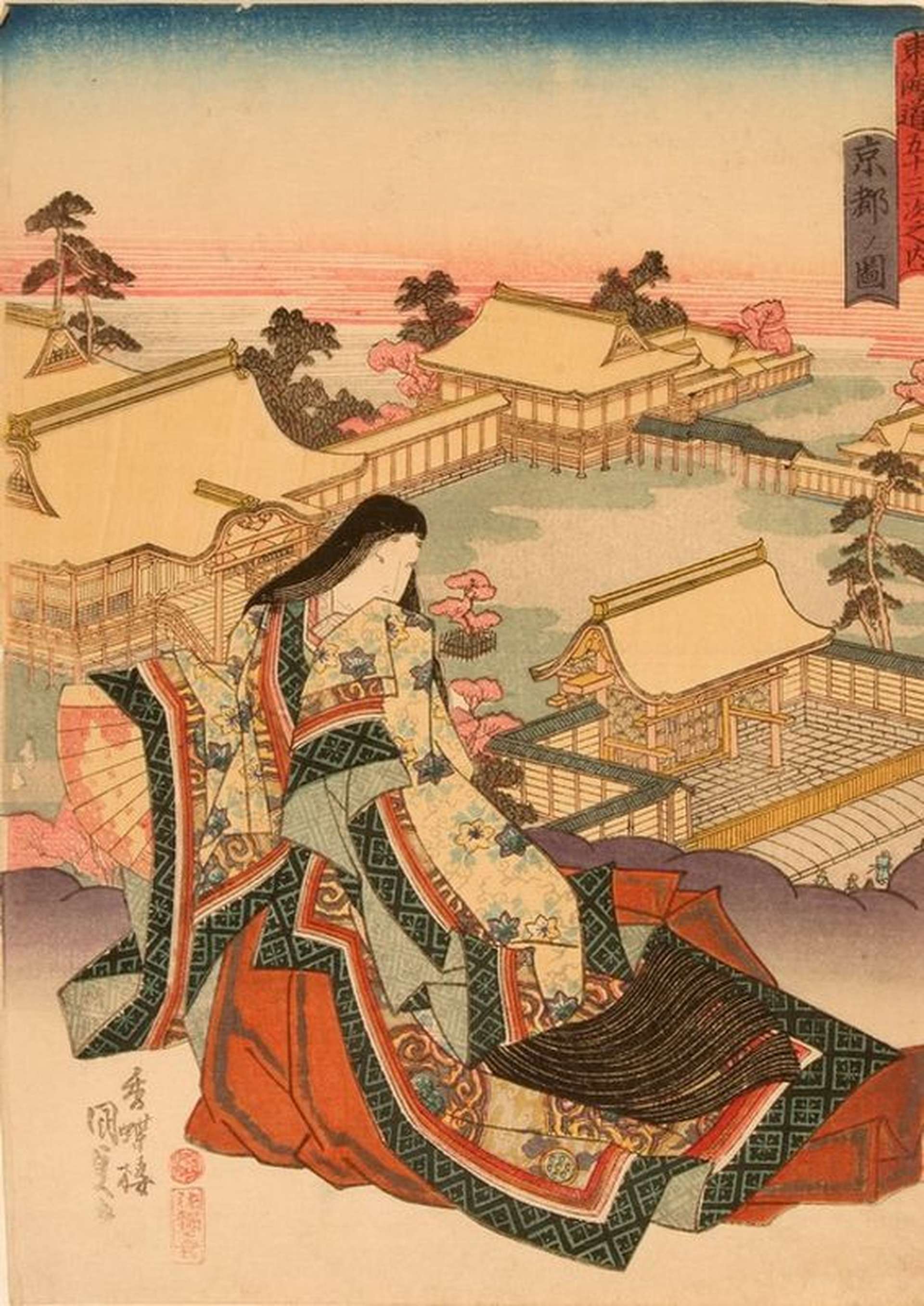Asian collections
Over the years, the generosity of local collectors has allowed the musée des Beaux-Arts de Nancy to build up one of the largest Asian collections in the region. In 1936, in accordance with her husband’s wishes, Marie-Louise Cartier-Bresson bequeathed a large part of his remarkable collection to Nancy City Council.
The heir to a family of textile manufacturers, Charles Cartier-Bresson (1852-1921), great-uncle of the famous photographer Henri Cartier-Bresson (1908-2004), started his collection in 1889. He selected the finest pieces proposed by art dealers (Edmond de Goncourt, Siegfried Bing) or in auction rooms. The legacy that he chose to leave to Nancy, where he had lived since 1892, enlarged the museum’s collections by over 1,000 pieces.
These sculptures, ceramics, gold and silver pieces and graphic arts come mainly from Japan and China and date back to the 18th and 19th Centuries. They include Qing porcelain from Satsuma and Kyoto, objects made of lacquered wood and sculptures made with different materials (wood, bronze, ivory, jade). The painted scrolls and etchings by great Japanese masters (Utamaro, Hokusai, Hiroshige) are a testimony to the delicate art of ukiyo-e.
The museum regularly renews its hanging to highlight a selection of objects and etchings evoking the seasons and traditional festivals. The pieces are assembled by themes, such as tableware (dishes, tea and sake services, picnic boxes), weapons (sabres, sabre sheathes, helmets), ritual objects (mandarin sceptres, perfume vaporisers, bells), ceremonial items (mirrors, combs, pins, jewellery, fans) and various day-to-day objects (coins, knives, writing sets).
In 2011, Un goût d'Extrême-Orient [A taste of the Far East] exhibition presented this outstanding ensemble to the public for the first time, including major pieces such as Nô theatre masks, kimonos and screens, along with a spectacular example of Samurai armour. This testimony to the taste of Japanese-inspired collectors in the late 19th Century reminds us of the influence of these civilisations on Western art, which, at the dawn of the 20th Century, crystallised into Art Nouveau, of which the Nancy School was a brilliant offshoot.

